Collections Home Resources & Research Blog J.G. Lubbock
The art of J.G. Lubbock
The art of J.G. Lubbock
Collections Home Resources & Research Blog J.G. Lubbock
The art of J.G. Lubbock
Wishing to create multiple copies of his work rather than ‘one-offs’, Old Etonian J.G. Lubbock (1915-2019) applied his engineering skills and creative ingenuity to the technologies of hand printing, innovatively combining numerous existing techniques on the same copper plate: line etching, engraving, aquatint, soft ground etching, deep etching, simultaneous intaglio and relief printing, and even random ‘splatters’ of varnish or drilling holes right through the plate to get areas of true white. Several of these processes involved the use of acid, varnish and other chemicals: ‘The plate bubbles away using much acid and giving off a large volume of noxious fumes, so that in winter I can either open the studio window and freeze or shut it and choke’ – in hindsight, a health and safety nightmare.
The finished plate would then be meticulously coloured for each printing on hand-made paper and carefully cleaned for the next one; the resulting print might additionally be touched up with a watercolour wash. The prints and accompanying text were collected into books designed and meticulously typeset by hand, printed in small print runs on hand-made papers and finely bound in leather or silk.
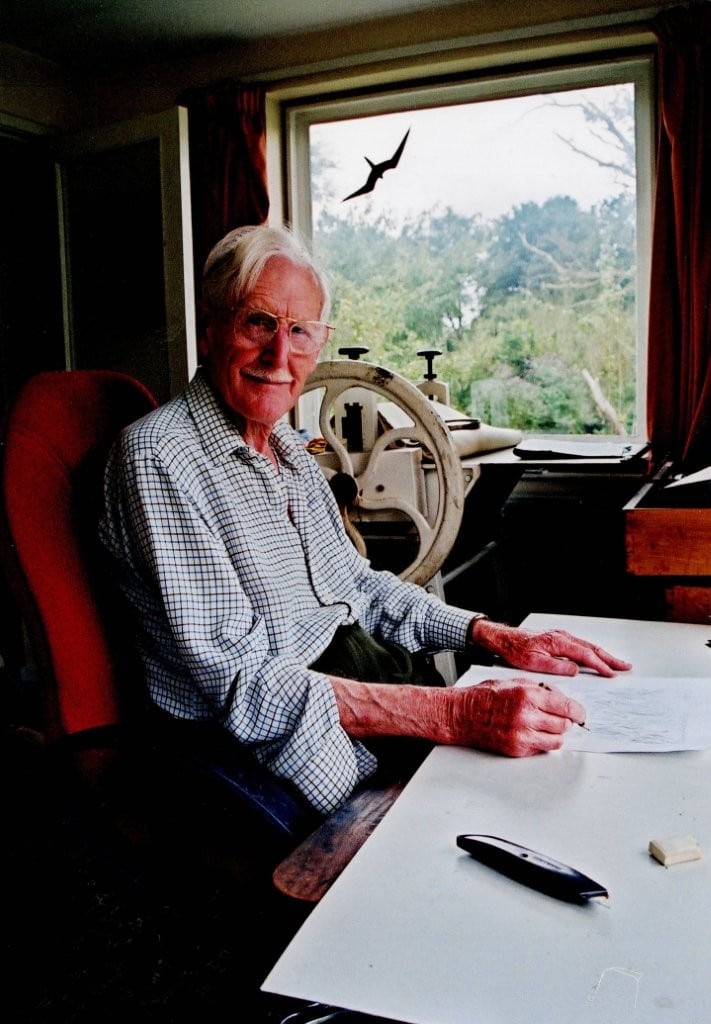
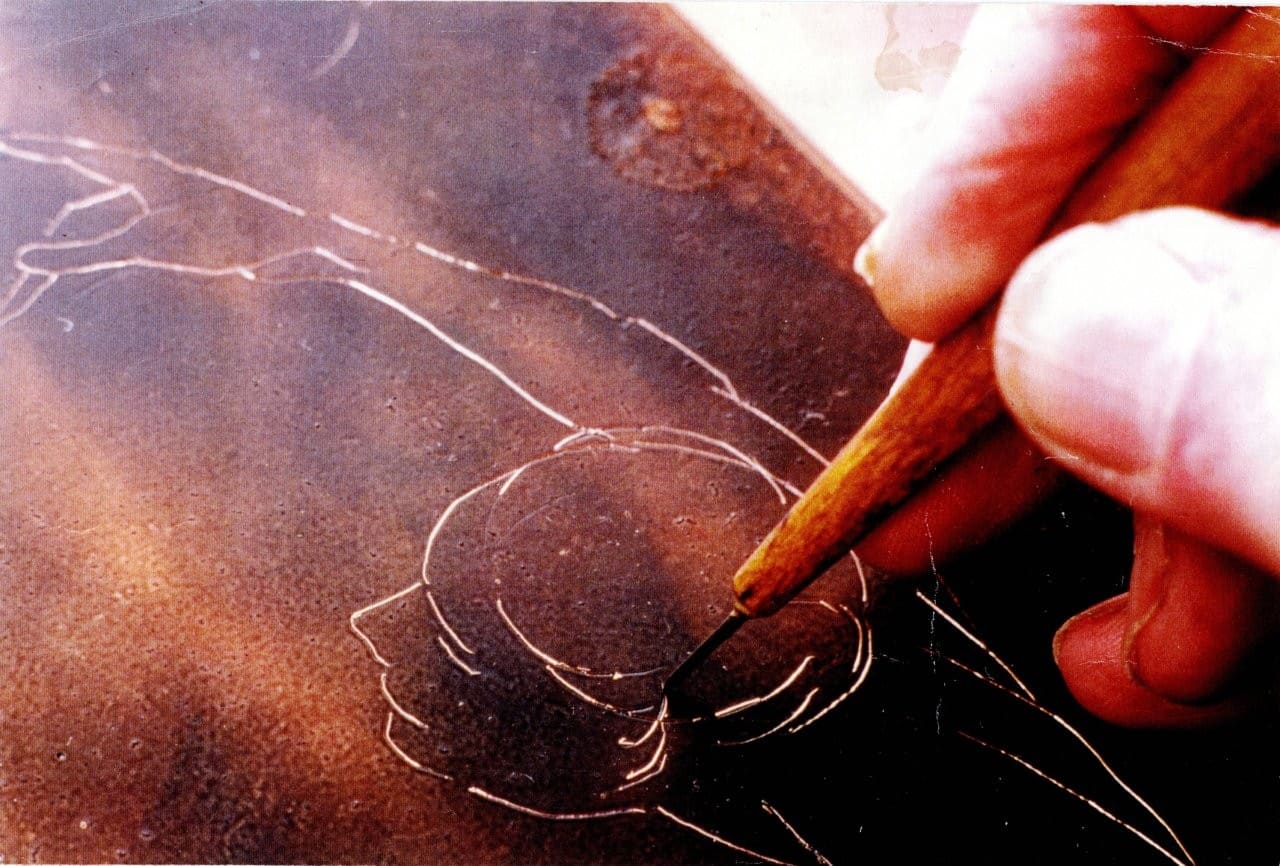
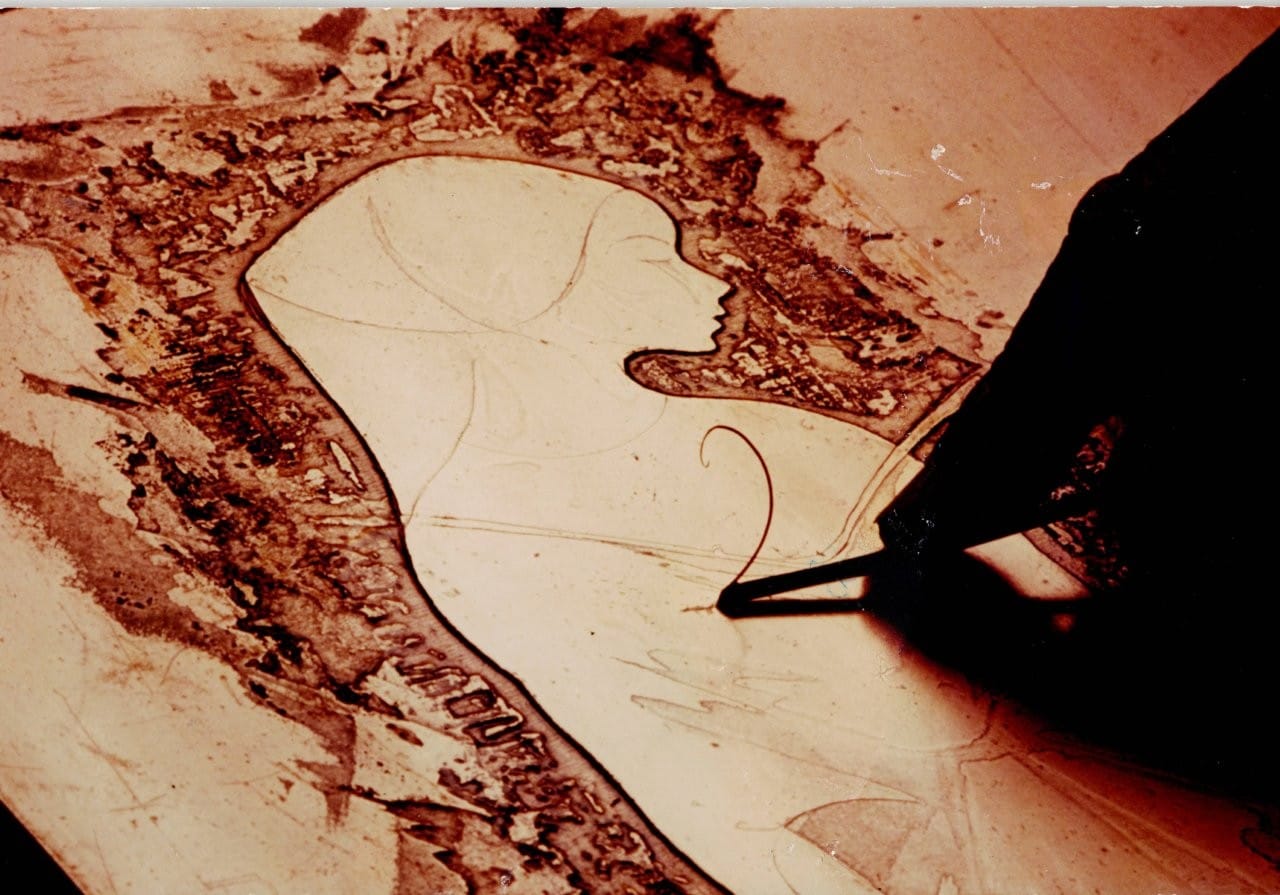
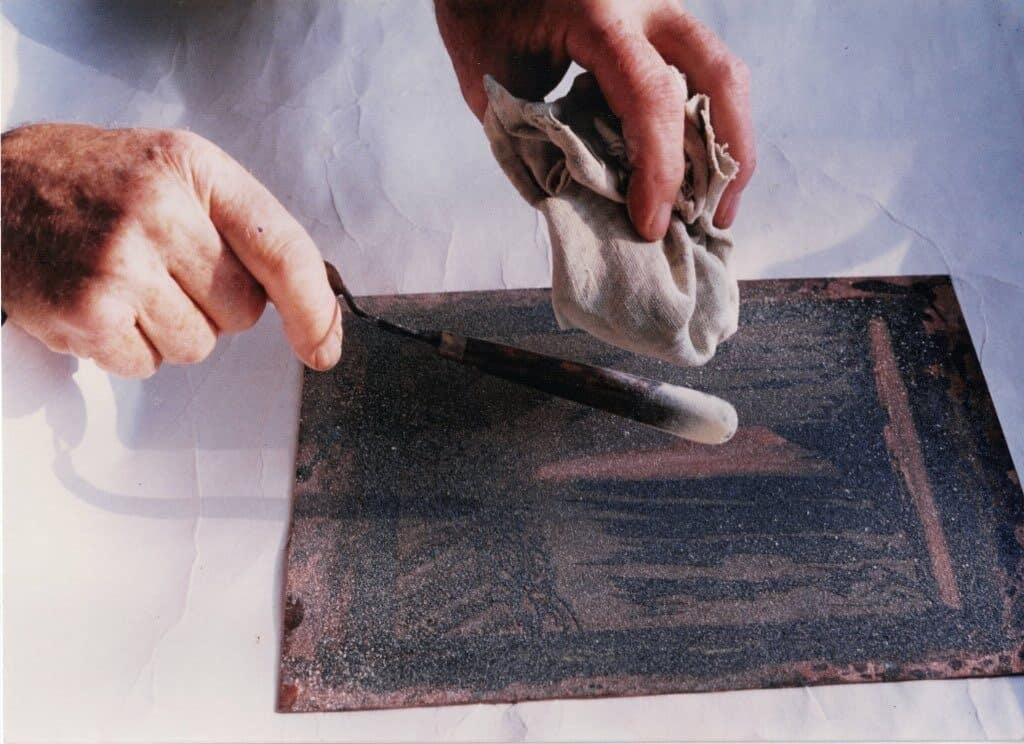
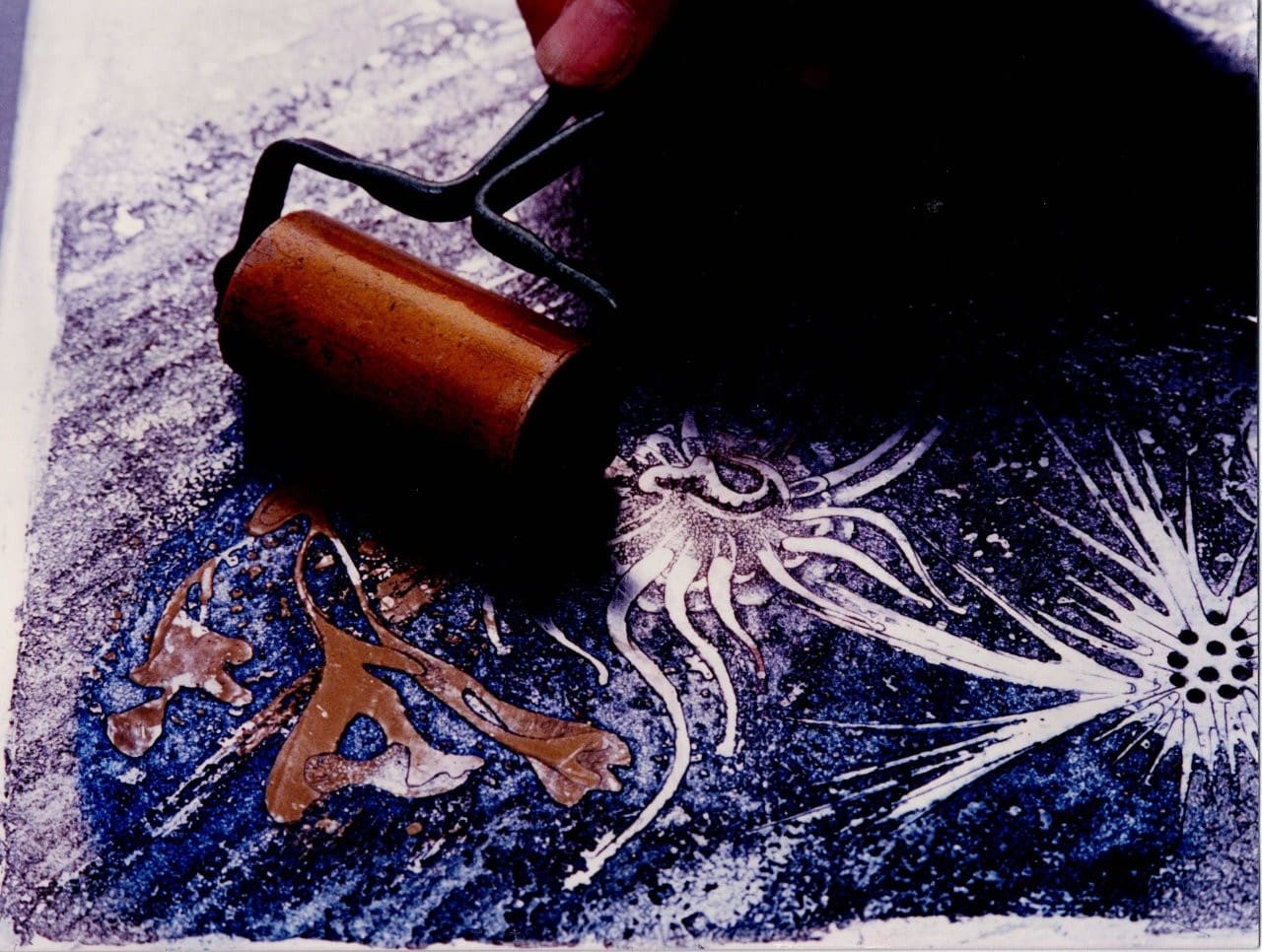
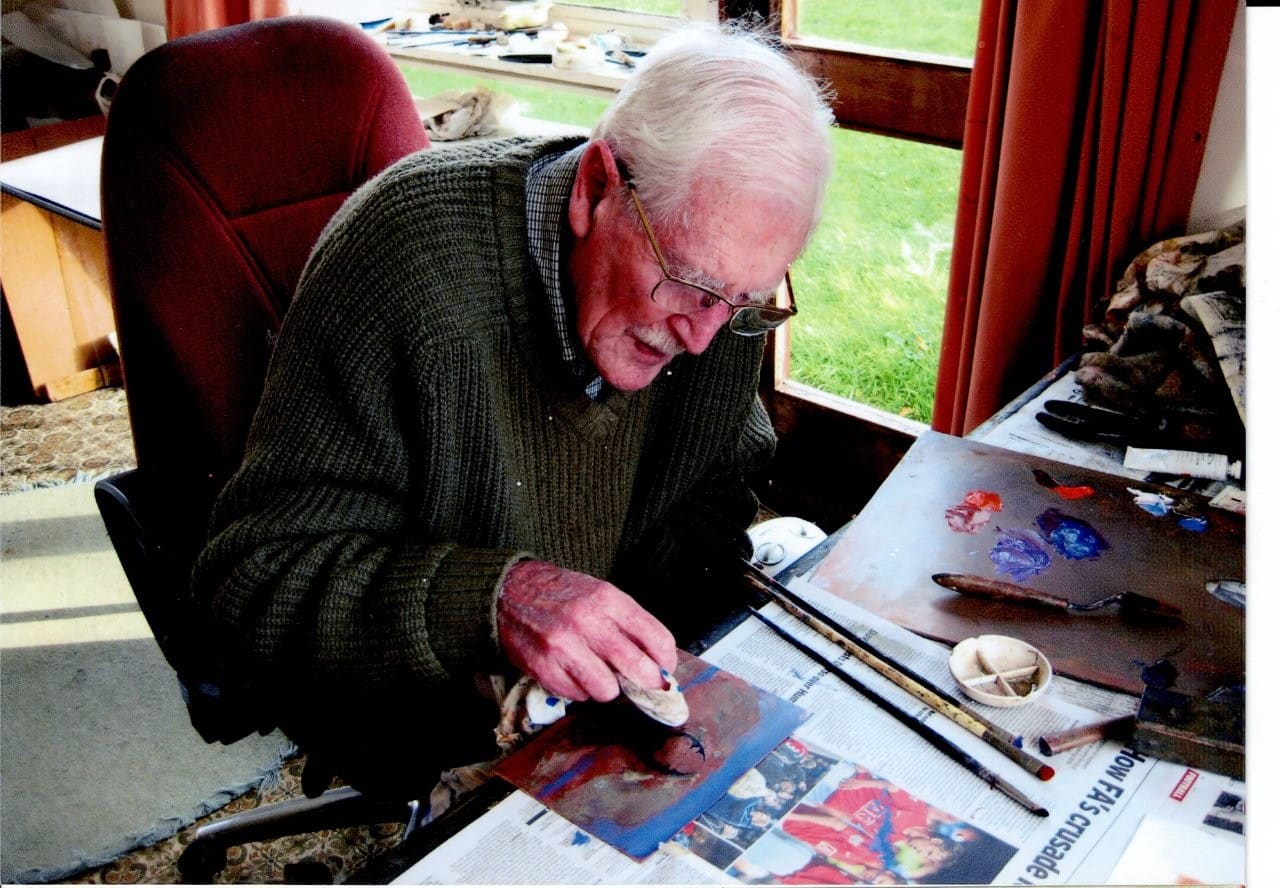
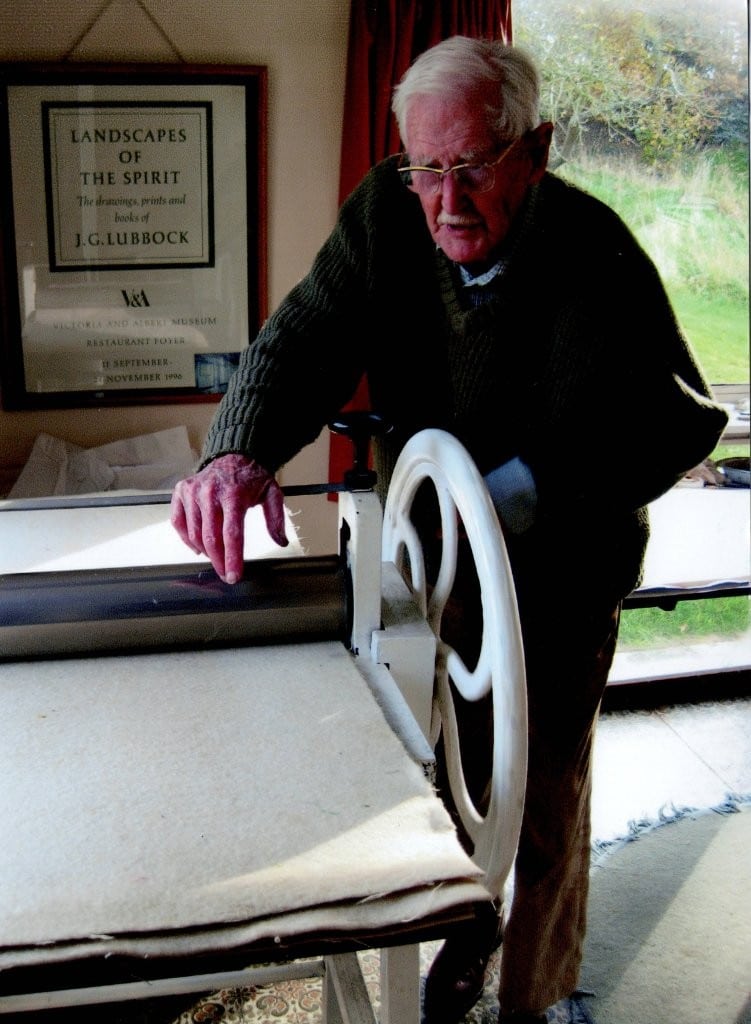


Images–on a wintry theme–from a number of J.G. Lubbock’s books are featured in a College Collections blog post.
Further reading: J.G. Lubbock, ‘Techniques and themes’, The Matrix, no. 14 (winter 1994), pp. 101-109; Sebastian Carter, ‘Printing for Joe Lubbock’, ibid., pp. 109-112
Images and text of works by J.G. Lubbock reproduced by kind permission of the Lubbock family.

